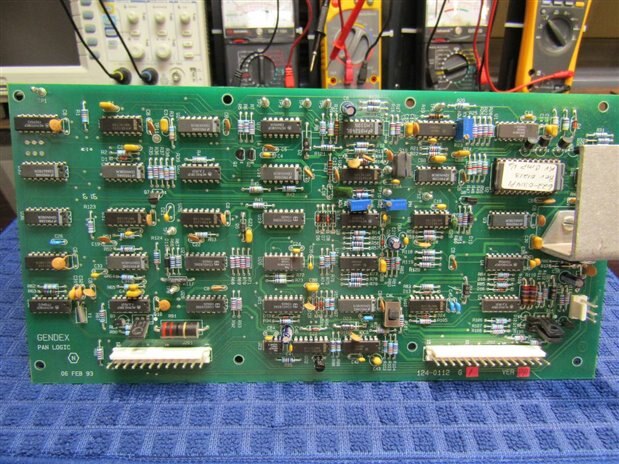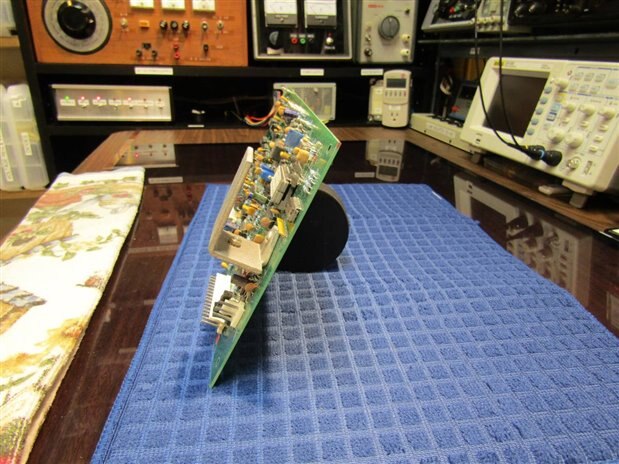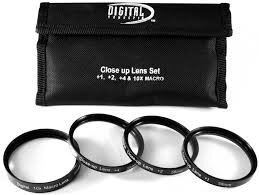Recently I posted a couple of pictures that fell short of being the quality that I was looking for. mcb1 was kind enough to send me some excellent tips on camera settings. I thought it might be helpful to everyone if we all share some of the tips and techniques that we use to get good quality pictures of our projects and builds. This will hopefully get the conversation going and we can add to it as ideas and techniques begin to flow back and forth.
Here is my first Tip:
When I try to take a picture of a circuit board that is layed out flat on my bench I have difficulty with shadows frm my body and camera. I also experience difficulty eliminating flare on the circuit board from the over head lights. By propping the circuit board at an angle to the lighting it is much easier to avoid the shadows and the flare. In these pictures I am using a hockey puck to prop the board up.
These pictures were shot at f3.5 1/30th of a second exposure.
John



